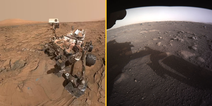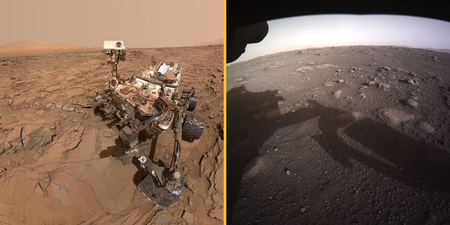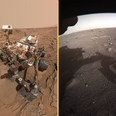The exoplanet is around 100 light years away from Earth
Scientists have reportedly stumbled upon a nearby planet that is thought to be almost entirely covered water, making it the first of its kind to be discovered by humans.
A team of astronomers at the University of Montreal located the exoplanet designated TOI-1452 b during their research published in the peer-reviewed Astronomical Journal on Wednesday. The previously unidentified planet is situated in the Draco constellation, some 100 light years or so away and its composition said to be striking similar to Earth, albeit more massive.
The researchers believe that the mass of the planet suggests it is largely made up of something less dense than rock but denser than gas: the logical conclusion being a potential global ocean.
With help from university’s observatory, they determined that approximately 30 per cent of TOI-1452 b’s mass comes from liquid, signifying a deep global ocean akin to the deep waters experts believe sits below the icy crust of Saturn’s moon, Enceladus.
In contrast, while oceans cover around 70 per cent of the Earth’s surface, they make up less than one percent of our total mass, with our planet predominantly composed of rock and metallic elements.
With help from NASA’s Transiting Exoplanet Survey Satellite – commonly known as the TESS spacecraft – and subsequent, new methods analysis at the Observatoire du Mont-Mégantic (OMM), they were able to confirm the planet’s existence and its radius.
From there, another telescope situated in Hawaii was able to calculate the mass of the nearby planet and while it’s still not certain if TOI-1452 b is an ocean world, the presence of waters means it likely has the conditions to support life, not dissimilar to Mars.
The researchers are now hoping that even closer examination by the James Webb Space Telescope should be able to answer many of the questions we have about this new planet outside of our solar system.
Related links
- Scientists have found a ‘heartbeat’ signal coming from a distant galaxy
- Mystery of ancient creature with no anus solved
- Footage of rare walking shark on land terrifies the internet





















































